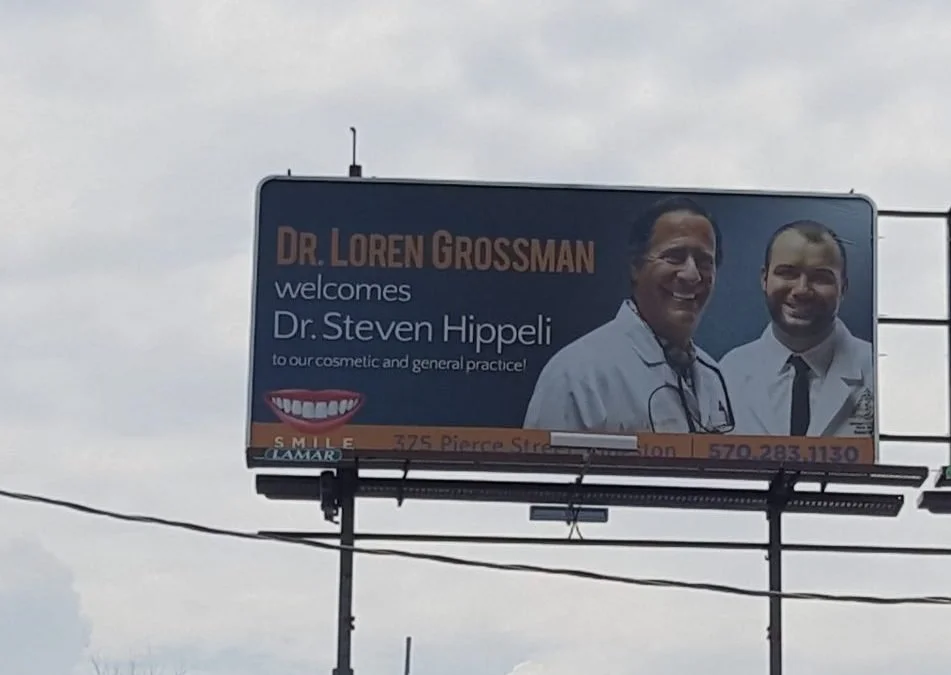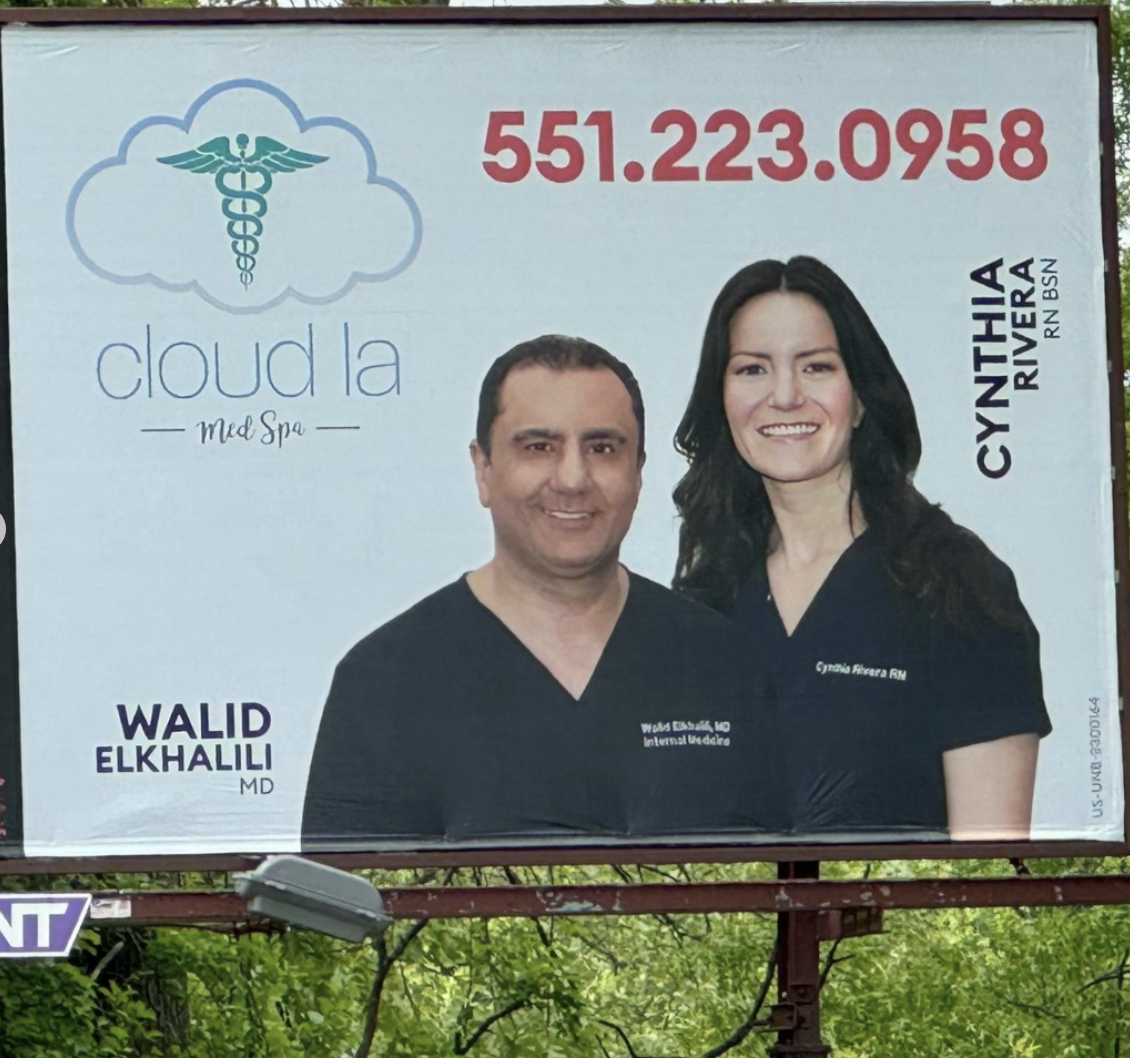Dazzle Me: A Billboard Postmortem
Dr. Wilson had placed his unwavering confidence in me—or so he claimed.
When we first met, he was warm, with just a trace of superiority. Not unusual among physicians I’d worked with before. A good sign, even. That was fine by me—I wasn’t there to debate the merits of Mucinex for infertility or dewormers for cancer. I wasn’t a trained medical professional. Neither was Janet, the sharp-as-they-come AE who joined me at every meeting.
We worked at a billboard company. Me as an art director, and she as an, as sharp-as-they-come account executive.
We were there to help with his advertising. Specifically: billboards.
He listened politely as we ran through our best practices. And after a crash course in what makes billboard advertising effective, we wrapped up the creative brief. He shook our hands, smiled, and said:
“You guys are the advertising professionals. Dazzle me.”
This was 2017, and as usual, art directors that work for billboard companies were expected to deliver full billboard campaigns in five business days or less. So I got to work. Janet and I double-checked his goals, made sure we heard the same things, and collaborated closely to build something great. Four days later, we had a banger.
We walked into that second meeting ready to take healthcare advertising where it’d never been before.
Dr. Wilson greeted us with the same affable energy. Maybe even a flicker of excitement. We presented the campaign with the zeal of a big tent preacher. But toward the end, his smile faded. His brow furrowed.
“Where’s my phone number? My secondary number? My photo?”
All things he’d said we could omit.
Where was the Dr. Wilson we’d met days earlier? This was someone else. This was Mr. Chide.
I said, “If the campaign doesn’t work, don’t use us again. Your success is our success. But I’m telling you—this won’t move the needle on new patients. That’s what our experience shows. Look, if I walked into your office with a broken arm and demanded a lobotomy against your advice, would you go through with it?”
He fired back:
“You’d be the paying customer. Just like I am now. And you’ll do what I f#cking want you to do for my advertisement.”
We were stunned. Janet said a few graceful, diplomatic things to close the meeting. We left—confused, frustrated, and more than a little shaken.
But here’s the truth: it wasn’t a lack of trust in our skills, masked by bravado. We didn’t ask the wrong questions. We didn’t pitch the wrong campaign.
The problem had started long before that meeting.
It started with the last doctor. And the one before that. And the doctors on our competitors’ boards. All of them—business cards on sticks. Bullet points, headshots, phone numbers. FACTS regurgitated in the most boring, soulless way possible.
We, as an industry, had failed him.
We hadn’t shown him what good creative could be. Not soon enough. Not clearly enough.
So, like the doctors before him, he only knew what he saw on the street. And whether we liked it or not, that was acting as our portfolio. He’d made up his mind about what a healthcare billboard “should” look like long before we walked in.
It’s because of this story and others like it, that Todd and I now teach this in our Out of Home Creative Training Academy: Always show your portfolio first. Set the bar before creative is discussed. The earlier, the better.
We always say, “All it takes is one.” One brave client to do it right, and others will follow. They’ve gotta to see it first.
It’s our job to set the expectations.
And so, not long after that meeting with Dr. Wilson, we started taking our portfolios to every client conversation. And wouldn’t you know it—healthcare boards slowly started to get better. Even Dr. Wilson’s—eventually.
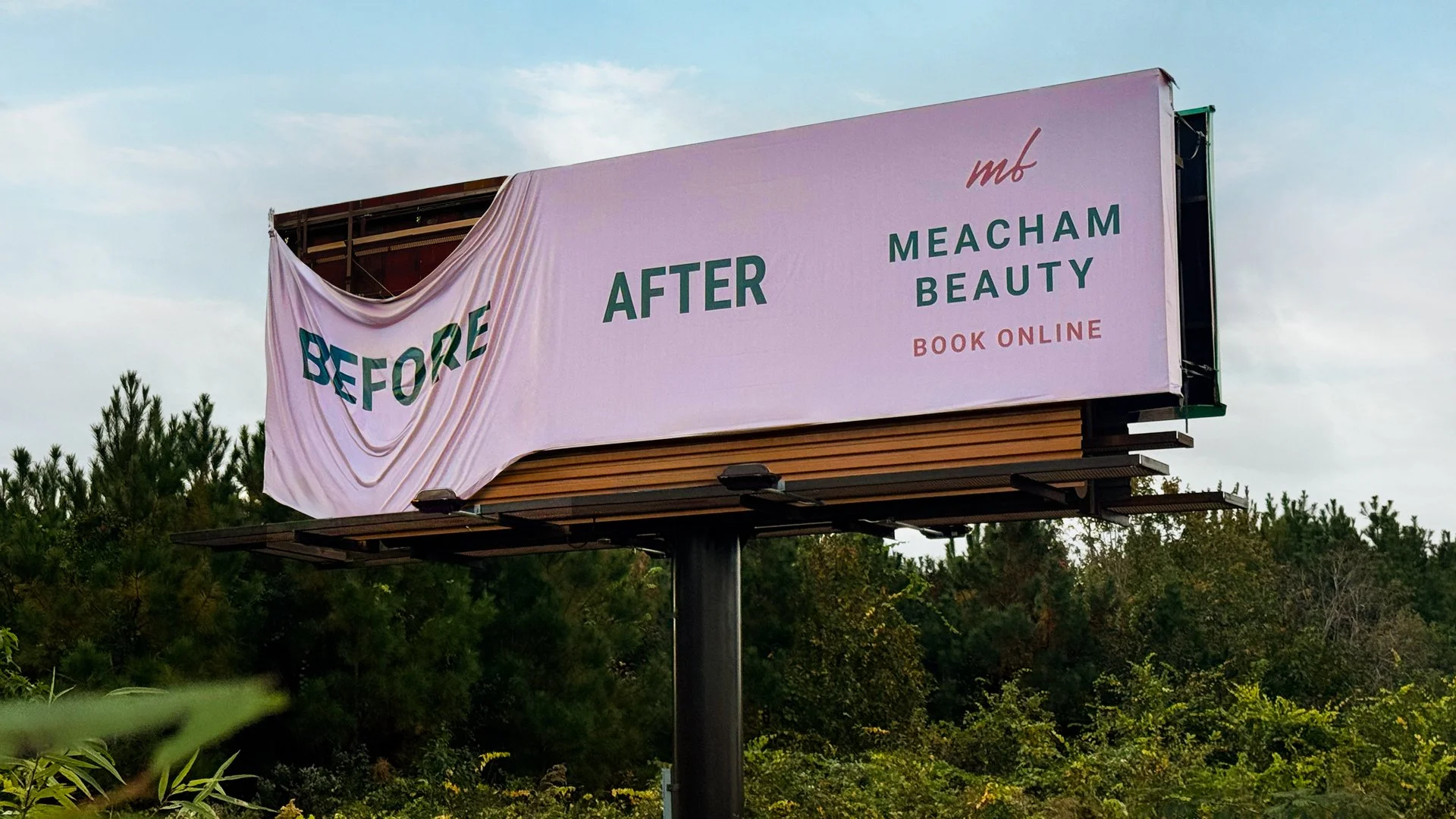

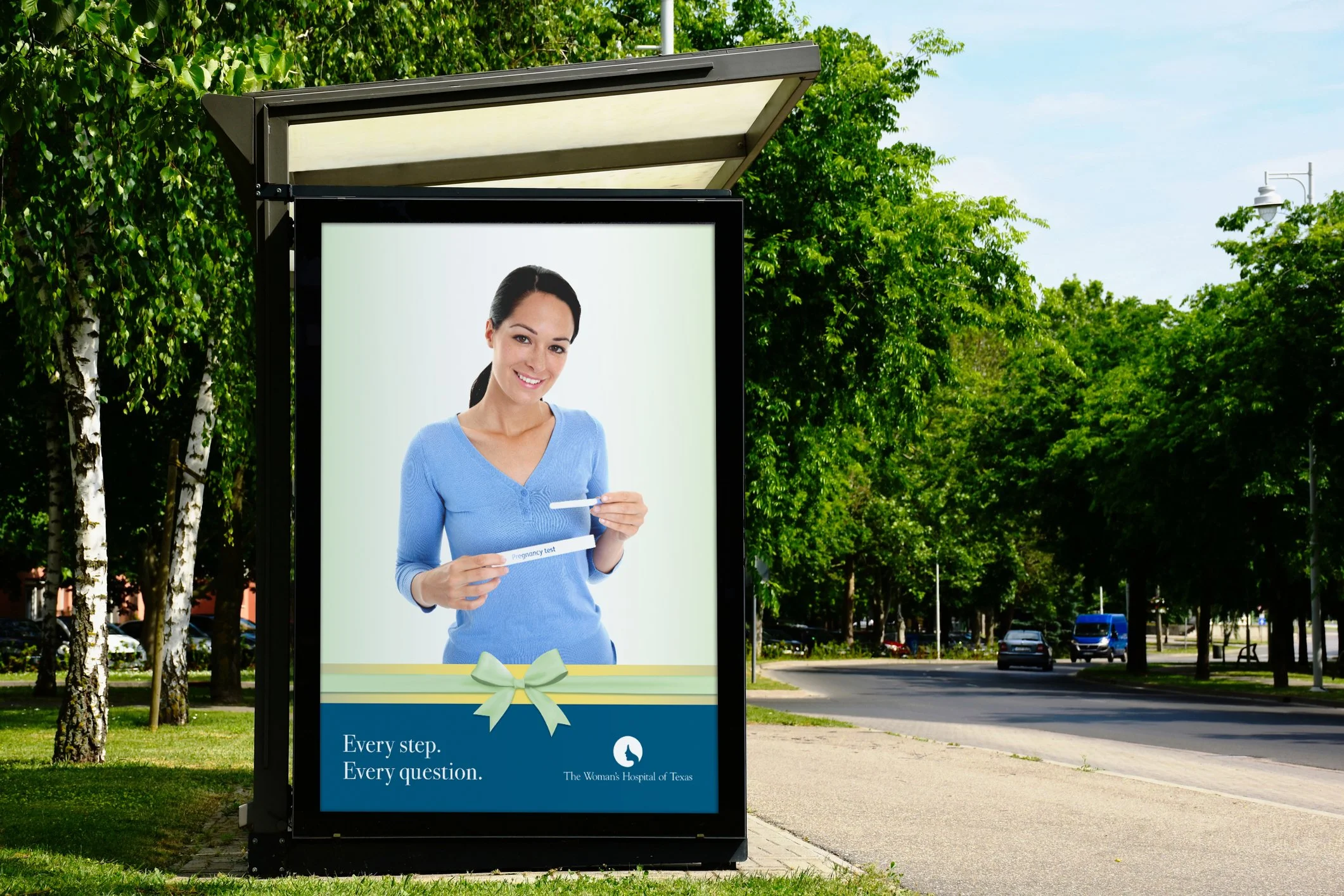

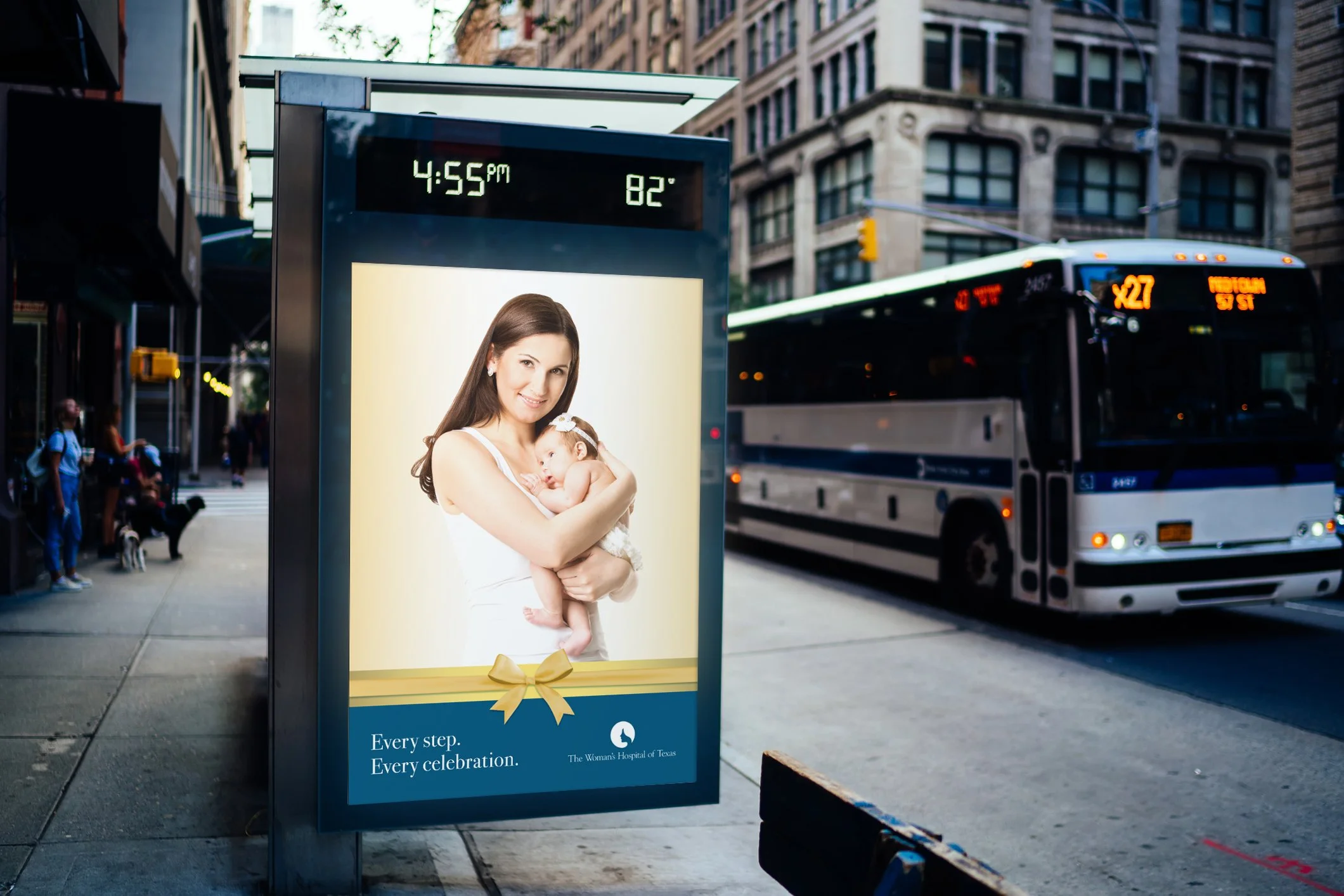
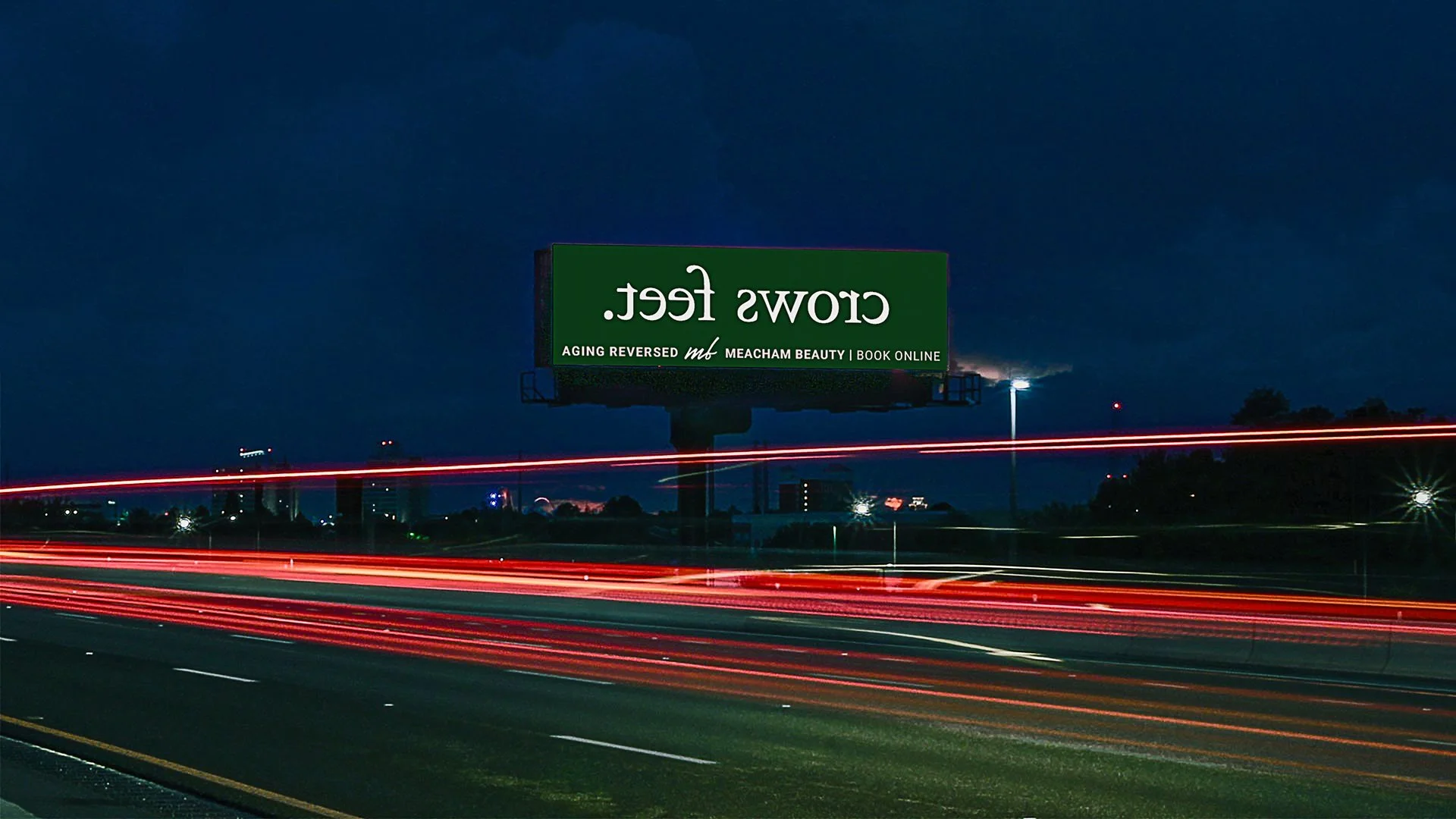
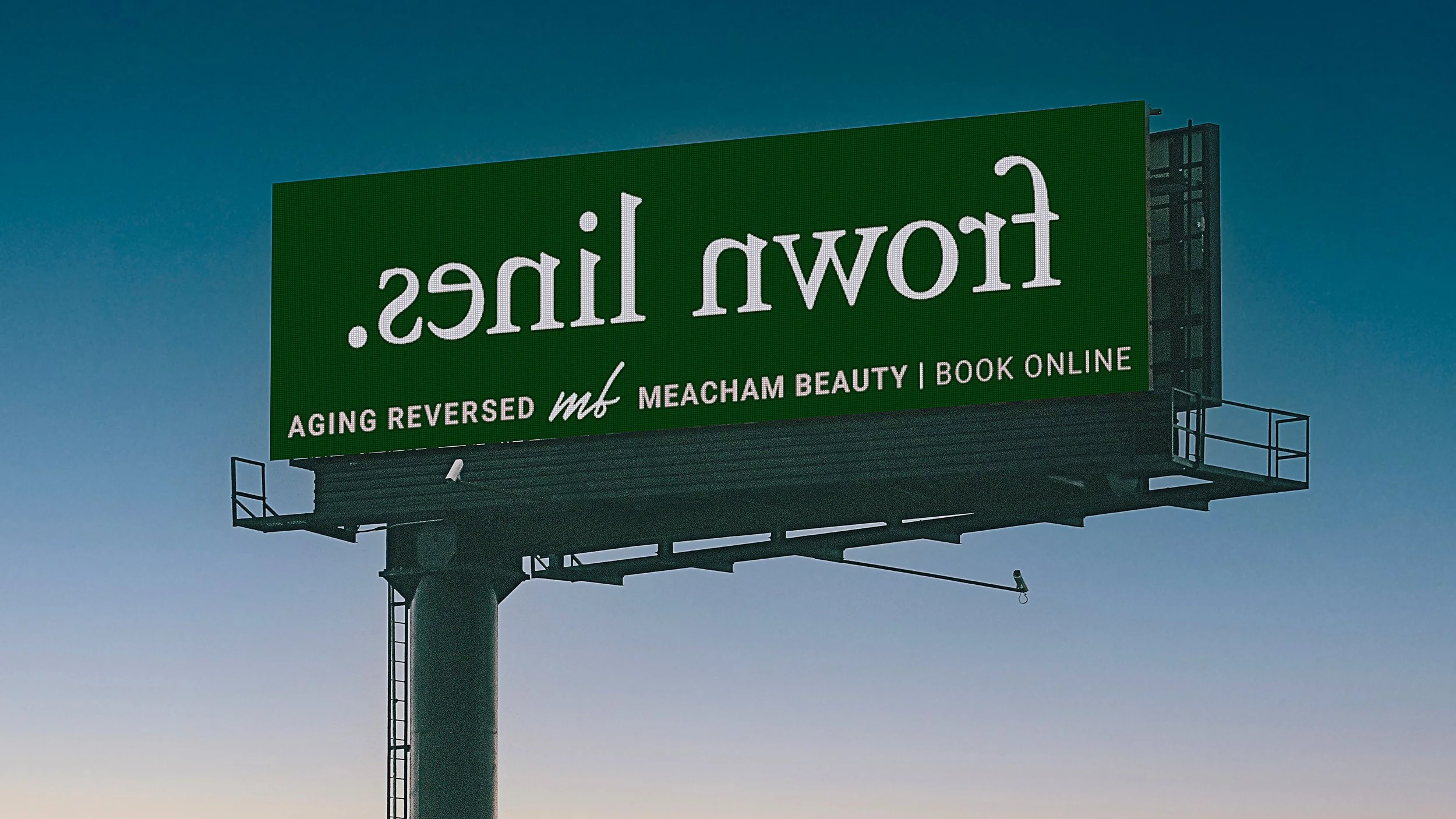
Made the same mistake? Curious about some of the other mistakes we’ve made?
Hit us up. Get in touch. Let’s talk shop.

